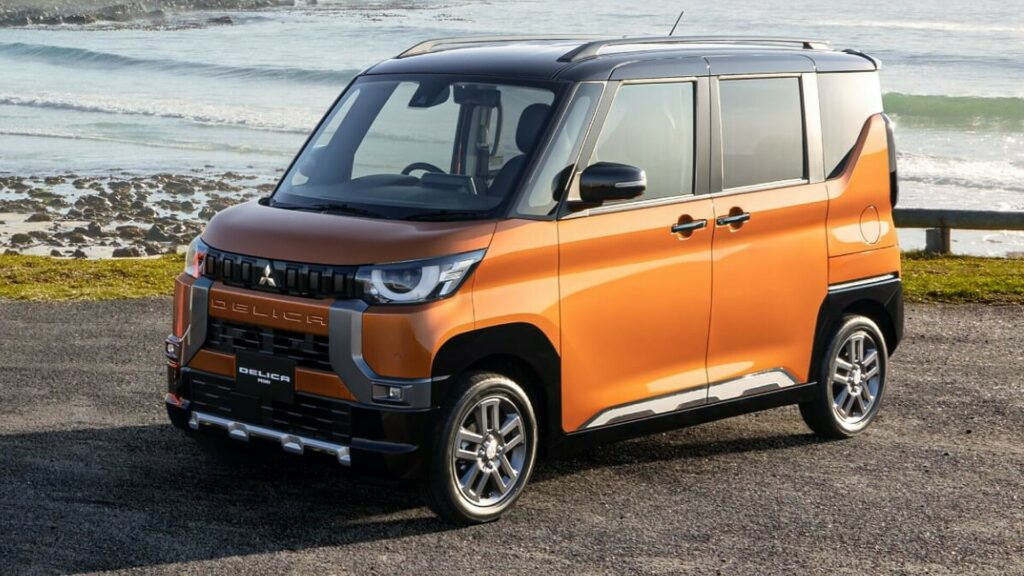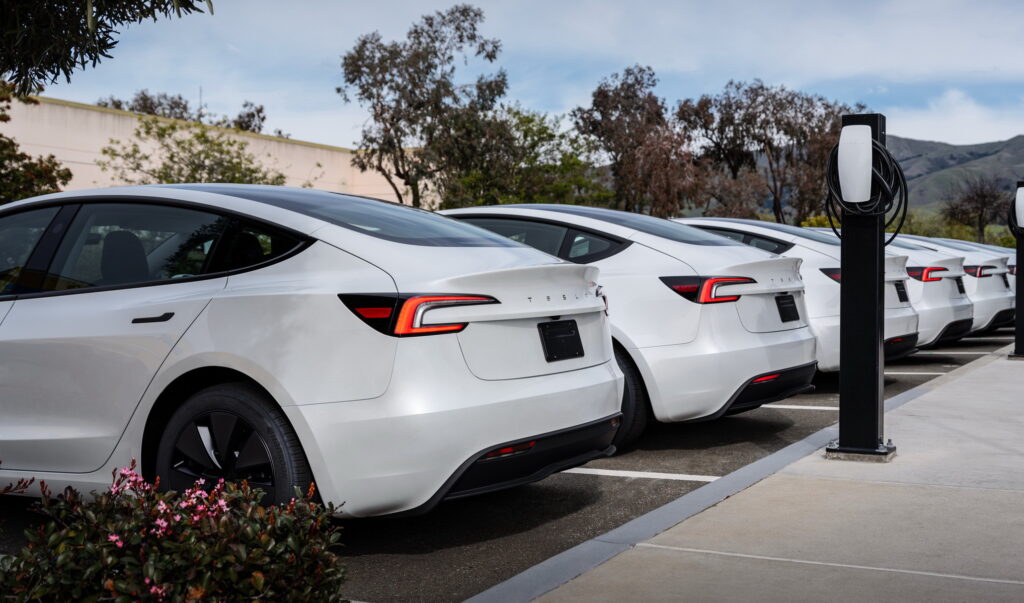Nearly 1 Of 4 Cadillacs Sold Is Fully Electric
- Cadillac Lyriq sales continue to drop and they were off 31.2% in the second quarter.
- The brand is seeing “strong” demand for the Optiq, Vistiq, and Escalade IQ.
- Sales of gas-powered models climbed with the exception of the CT4 and XT4.
The Lyriq has been a bright spot for Cadillac, but it had a dismal second quarter as sales tumbled 31.2% to 5,017 units. This followed a disappointing first quarter and year-to-date sales are down 28.8% to 9,317.
That’s a disappointing showing, but nearly 25% of Cadillacs sold in the first half of the year were electric. That figure was the “highest among full-line luxury brands” and Cadillac was the “luxury EV market share leader” in the second quarter.
Review: Is Cadillac’s New Vistiq The Baby Escalade You’ve Been Waiting For?
While the Lyriq got the short end of the stick, the company pointed to “strong initial demand” for the Optiq, Vistiq, and Escalade IQ. The Optiq racked up 3,224 sales, while the Vistiq found 1,744 takers. Cadillac also delivered 1,810 Escalade IQs, which start at $130,090 for 2025.
Despite modest sales, more EVs are coming including the Lyriq-V, Optiq-V, and Escalade IQL. The latter arrives this summer and begins at $132,795. That’s pretty expensive, but the luxury SUV has 460 miles (740 km) of range as well as a 0-60 mph (0-96 km/h) time of 4.7 seconds.
Elsewhere in the lineup, the gas-powered Escalade was the biggest seller as consumers snapped up 11,692 units. That was an increase of 16.1% and the boost was likely aided by a rather significant facelift.
The XT4 was off 22.2%, while the XT5 and XT6 saw slight gains. Unfortunately, all three models are getting old at this point and the three-row crossover has a date with the undertaker – at least in North America.
Last but not least, Cadillac sedans saw mixed news. The CT5 was up 9% to 4,187 units, while the CT4 crashed 19.1% to 1,430 units.
Cadillac US Sales
| Model | Q2 25 | Q2 24 | % Chg | 25 YTD | 24 YTD | % Chg |
| CT4 | 1,430 | 1,768 | -19.1 | 2,644 | 3,502 | -24.5 |
| CT5 | 4,187 | 3,841 | 9.0 | 8,168 | 6,863 | 19.0 |
| Escalade | 11,692 | 10,069 | 16.1 | 24,375 | 19,204 | 26.9 |
| Escalade IQ | 1,810 | – | * | 3,766 | * | |
| LYRIQ | 5,017 | 7,294 | -31.2 | 9,317 | 13,094 | -28.8 |
| OPTIQ | 3,224 | – | * | 4,940 | – | * |
| VISTIQ | 1,744 | – | * | 1,745 | – | * |
| XT4 | 4,010 | 5,154 | -22.2 | 8,785 | 10,033 | -12.4 |
| XT5 | 6,374 | 5,890 | 8.2 | 12,727 | 12,165 | 4.6 |
| XT6 | 4,859 | 4,439 | 9.5 | 9,637 | 9,045 | 6.5 |
| Total | 44,347 | 38,455 | 15.3 | 86,104 | 73,906 | 16.5 |








